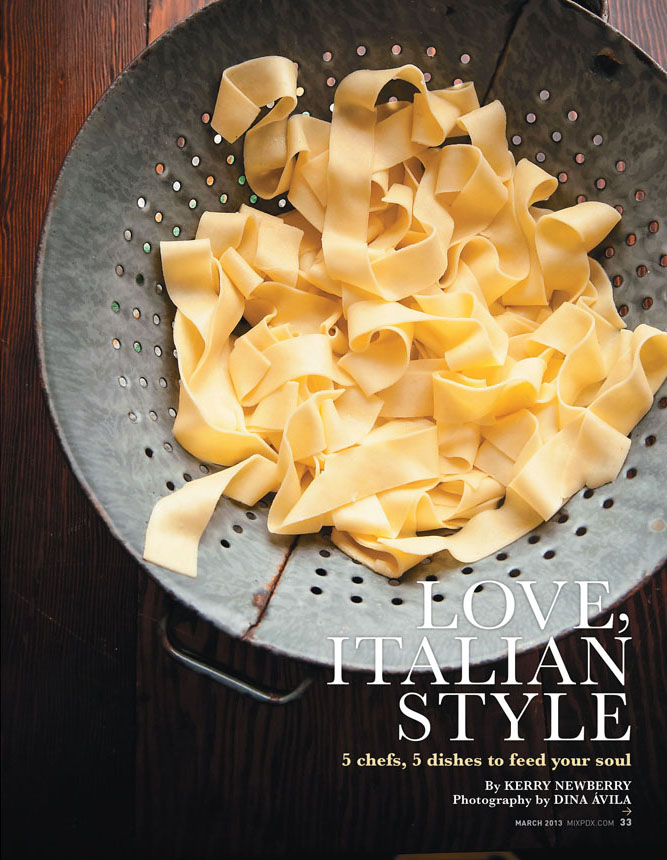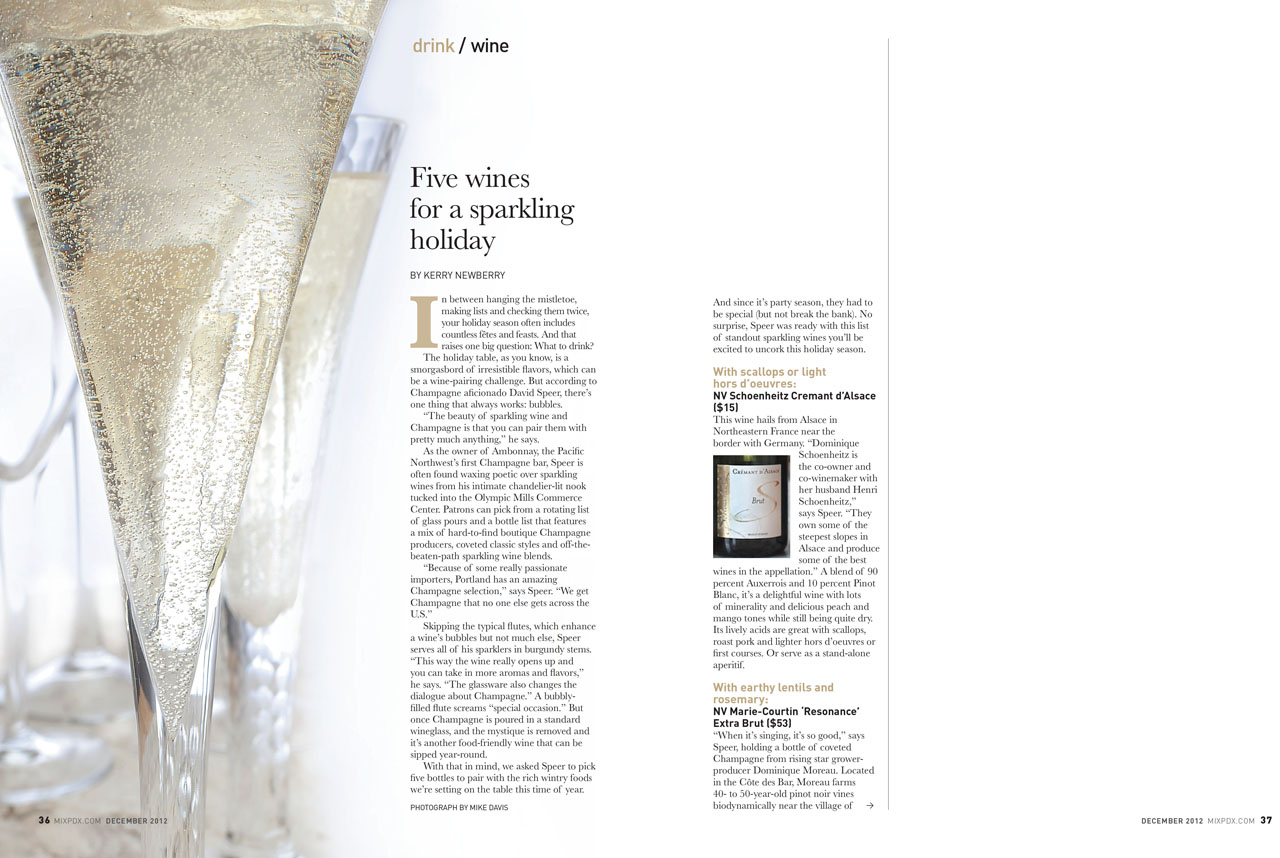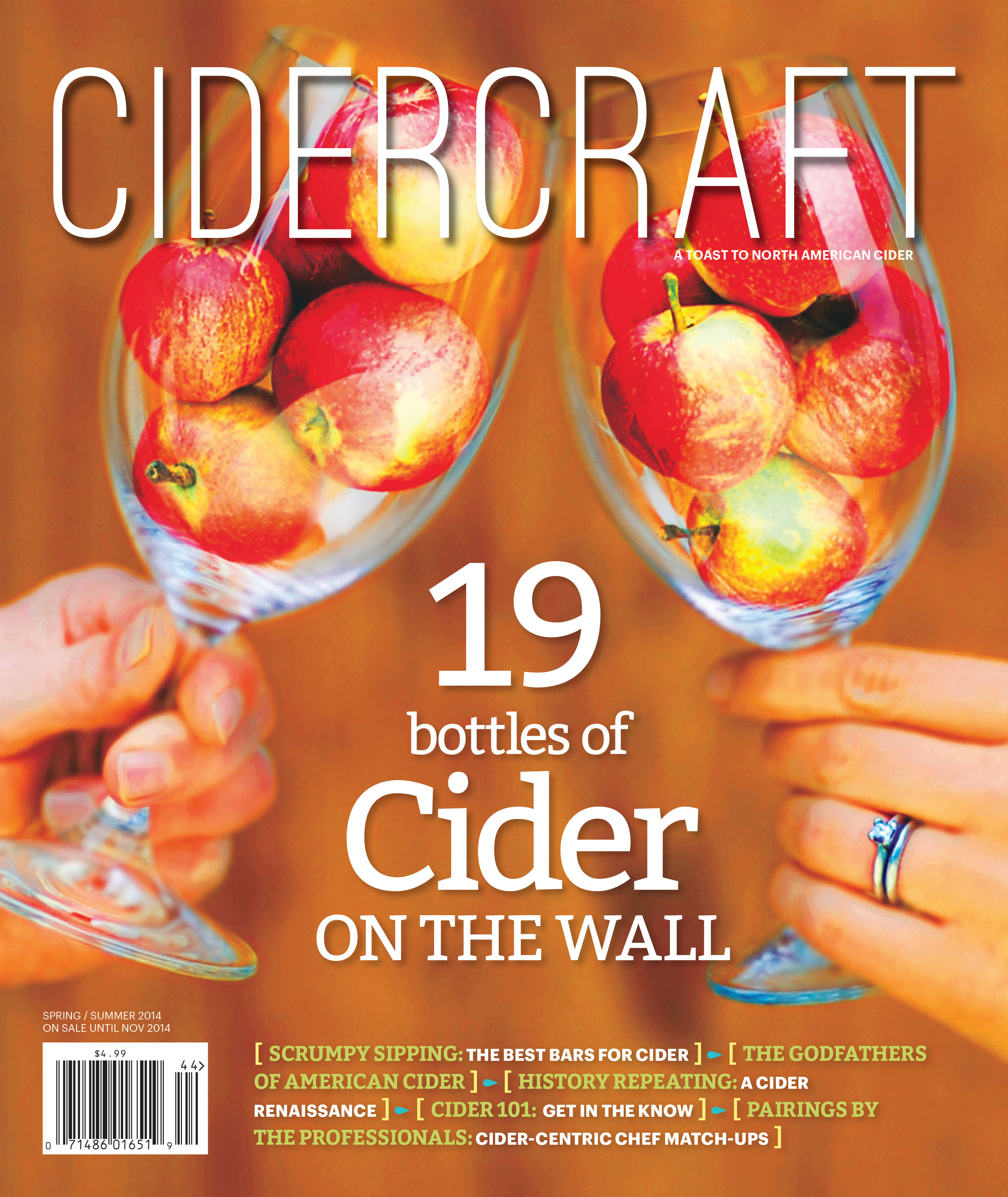Vintage Oregon: Taming the Grape

Acura Lifestyle Magazine, Summer 2010
The Frenchman is fashionably late. Laurent Montalieu, the winemaker at Solena Estate, dashes through the double doors at Penner-Ash Wine Cellars in the heart of the Willamette Valley, two bottles in hand. The room is abuzz with a handful of chattering winemakers. Outside the window, gnarled grapevines arch and twist like modern dancers.
Vibrant green rows splash down the hillside like thick brushstrokes in Vincent van Gogh’s The Green Vineyard. They’re here to compare the contents of Wine A versus Wine B. One is made from machine-harvested fruit; the other from grapes picked the old-fashioned way. The questions today — can anybody taste the difference?
Thirteen years ago, these Oregon vintners, who call themselves Cellar Crawl, formed an esprit de corps for l’ame du vin (the soul of wine) and have been crawling in each other’s cellars ever since, enraptured by the elusory pinot noir grape.
“It’s very hard to get a colleague to say something bad about another colleague’s wine,” says Ted Casteel, co-founder and grape grower at Bethel Heights Vineyard. “People are so invested in it. It’s like this beautiful picture they’ve painted.” This crowd, though, has an honesty-as-best-policy philosophy, perhaps born of friendship and their years of demystifying the grape together.
“When we are crawling through Steve’s cellar and he takes us to a prized barrel,” explains Casteel, “if anyone detects something weird, we all feel obliged to ask “what’s that smell?” Conversely, if one of the winemakers creates something transcendent, heads nod in appraisal and methods are divulged.
“There are no secrets,” says Casteel, definitively.
Except perhaps, the mysterious pinot noir herself: Notoriously temperamental, fickle yet sensual and aptly divined the heartbreak grape.
“It’s a very unforgiving grape both in the vineyard and in the cellar,” says Wright. “You can make mistakes with other varieties and get away with it.” He shakes his head for emphasis. “You can’t with pinot noir.”

Delicate and thin-skinned, this grape requires mild winters, temperate summer days and cool autumn nights. Any drastic shift in weather can be devastating. Adding to the challenge, these vines crave south-facing slopes and rich volcanic soils, which means they can flourish only in a few tucked-away corners of the world.
Burgundy, the birthplace of pinot noir, is one of them. Oregon, which shares the same latitude and a similar climate, is another. Ever since pioneer David Lett planted the state’s first vines in 1965, a growing cadre of entrepreneurial types has joined forces to elevate Oregon’s winemaking reputation.
“We’re sharing these secrets,” says Casteel, alluding to the artistry in the vineyard and the cellar to coax the essence of pinot noir. His salt-and-pepper eyebrows rise. “At least…”
“That we know of,” interjects Steve Doerner, the winemaker of Cristom Vineyards. Laughter spills across the winery. “Speaking of secrets, who has that spreadsheet?”
Seven years ago, the five winemakers uncorked the secrets of their craft on paper, when Montalieu meticulously documented everyone’s individual methods and philosophy. “A document you don’t know of,” says the Frenchman with a wink.
Such transparency is rare in any industry. But in Oregon wine, there’s an alliance is behind every bottle. “We don’t have a lock on collaboration by any stretch,” adds Wright. “But working together is almost universal here, which is unique.”
All this knowledge sharing inevitably leads to improved techniques: vineyard methods, such as shoot positioning, and the use of different yeasts during fermentation are continuously tested and tweaked.
“You’ve got to keep elevating the bar, that is one of the fundamentals of our industry,” says Casteel. “We’ve got to get a little bit better at what we do every year.”
Cellar Crawl’s latest experiment, called “5 by 5” (Five Winemakers by Five Vineyards), was showcased at the 2009 International Pinot Noir Celebration, an annual meeting of the minds in McMinnville, Ore. The project has a kind of nature versus nurture theme, or as they put it: what speaks more loudly, the hand or the land?
“We all started with the same canvas,” explains Lynne Penner-Ash. “Each winemaker had five lots of wine from the same five vineyards.”
“Each of us has a strong personality and we know what we like,” adds Wright, “but we do not all like exactly the same wine.” Sure enough, at a blind tasting of the “5×5” bottlings, those in the know detected subtle differences in each wine reflecting the nuances in each winemaker’s technique.
Nearly 400 wineries now crisscross Oregon, sharing with the members of the Cellar Crawl (Mike Etzel has recently become its sixth member) an abiding passion for pinot noir and dedicating almost 75 percent of their vineyards to the grape.
Oregon wineries tend to be small compared with their California counterparts, producing only about 2,000 to 5,000 cases a year. The focus here is on quality, a strategy that’s paying off as Oregon vintages take top honors against the world’s best labels—including, sometimes, even the French.
Sales aren’t hurting either. Oregon pinot sales are up 300 percent this decade. Ken Wright speaks of a “certain fanatical part of the public that loves pinot noir no matter where it’s cultivated.” The 2004 surprise hit film Sideways also played a part. The main character calls the grape “the most haunting and brilliant and thrilling and subtle and ancient on the planet,” and according to market research firm ACNielsen, this cinematic ode to wine tasting sent sales of the once esoteric pinot noir soaring.
Back at Penner-Ash Wine Cellars, the question of machine-versus hand-picked grapes lingers. Delicate glasses swirl vigorously on a wooden table. The sound of sniffing follows. Sip. Silence. A barely perceptible swish, then spit.
“Wine A is more aromatic,” says Doerner. Heads nod in agreement. Casteel laughs: “I think we all want Wine B to be mechanically harvested.” Montalieu peels the brown bags off the bottles, revealing that Wine A is indeed the hand-picked vintage. “Whew,” says Casteel, “we dodged that bullet.”
Casteel then leans forward in his chair, a wineglass in one hand. “I had a visitor over the weekend that was a very fancy-dance Italian viticulture researcher,” he says. “He’s tasted pinot noirs from across the globe and decided Oregon and Burgundy were the most sublime. He came to Oregon to find out our secrets.”
Little did he know that Oregon is the secret.





